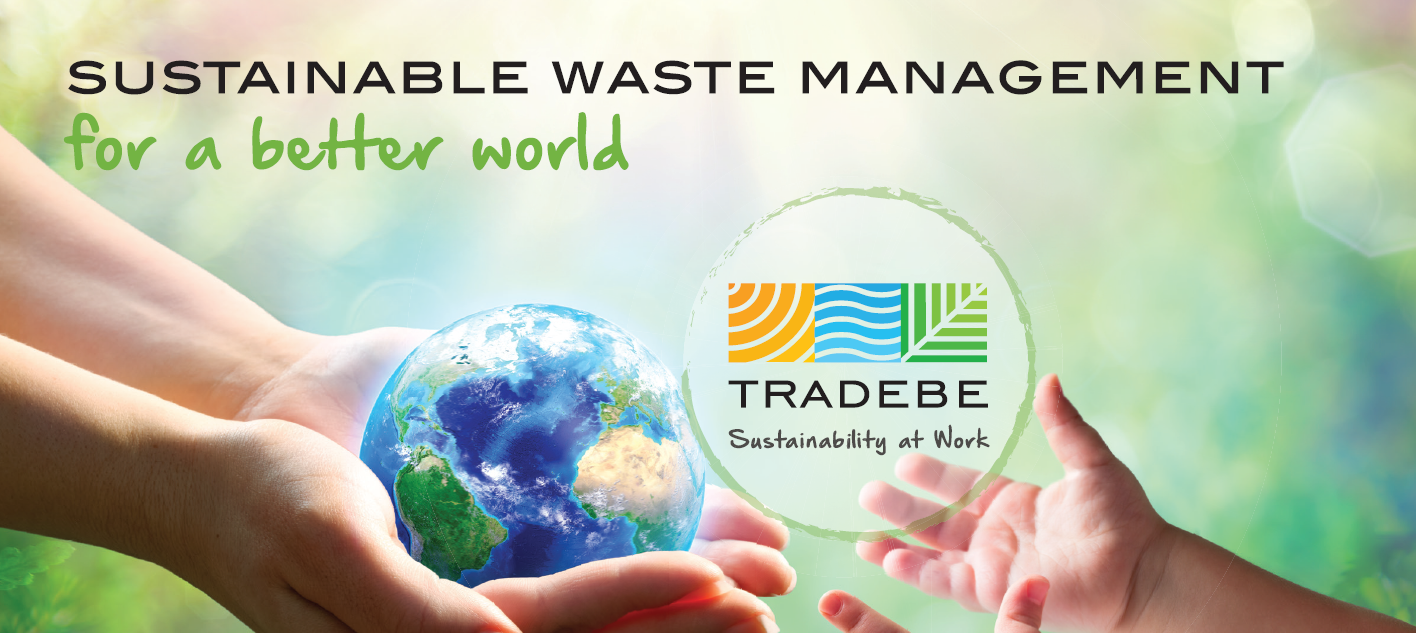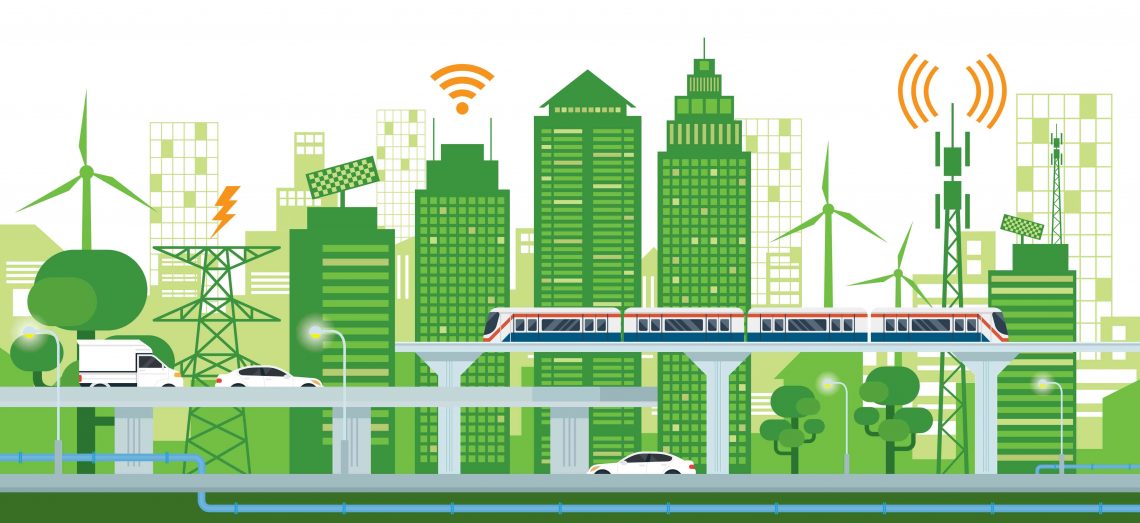
As the world population continues to grow, so does the amount of waste we produce. In the United States alone, the average person generates around 4.4 pounds of waste per day, which adds up to millions of tons of trash each year. Sustainable waste management is becoming increasingly important. In this blog, I will cover steps to reduce the amount of waste we produce and to find innovative solutions for dealing with the waste we do create.
In my opinion, sustainable waste management is critical to building a cleaner, more sustainable future. It is not enough to simply reduce our consumption of single-use plastics or recycle more; we need to fundamentally rethink the way we produce and manage waste. This requires a multi-faceted approach that includes reducing waste at the source, promoting recycling and composting, and developing new technologies for waste management.
One innovative solution for sustainable waste management is the concept of the circular economy, which aims to keep materials in use for as long as possible and minimize waste. Instead of the traditional linear approach of “take, make, dispose,” the circular economy seeks to create closed-loop systems where waste is transformed into new products. This approach not only reduces waste but also creates new economic opportunities and reduces our reliance on non-renewable resources.
Another innovative solution is the use of technology to manage waste. Smart waste management systems use sensors and data analysis to optimize waste collection and disposal, reducing the amount of waste that ends up in landfills. Additionally, new technologies such as waste-to-energy systems and advanced recycling processes can turn waste into useful resources and reduce our dependence on fossil fuels.
Sustainable waste management also requires a shift in consumer behavior. We must become more conscious of the waste we produce and make efforts to reduce it. This can include buying products with less packaging, bringing reusable bags and containers to the grocery store, and composting food waste at home.
In conclusion, sustainable waste management is a critical issue that requires innovative solutions and a shift in our thinking about waste. By adopting the circular economy approach, utilizing technology, and changing consumer behavior, we can work towards a cleaner, more sustainable future. As consumers, we have the power to make a difference by making small changes in our daily lives and advocating for sustainable waste management practices in our communities.
References:
Visual Feature | Beat Plastic Pollution (unep.org)



